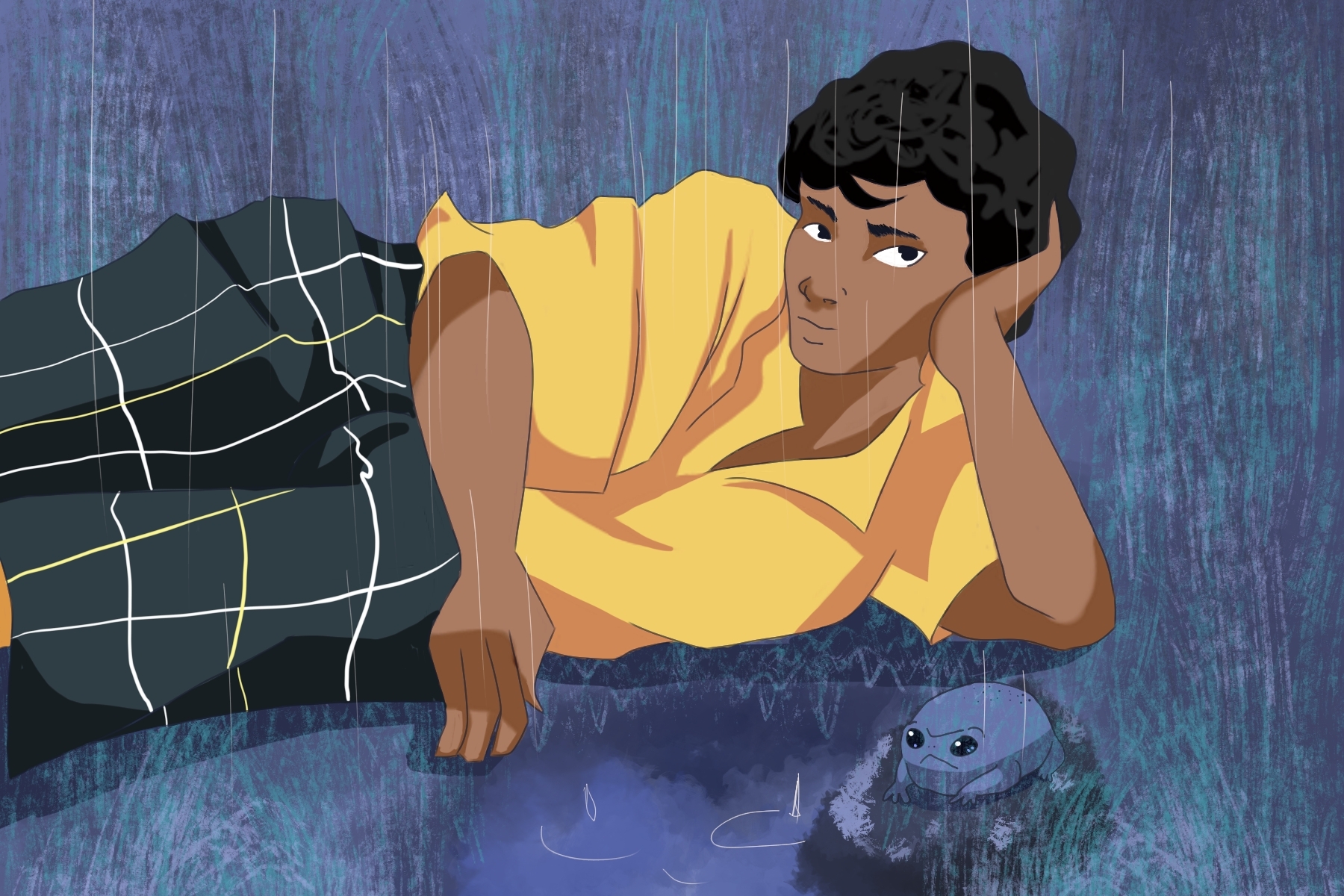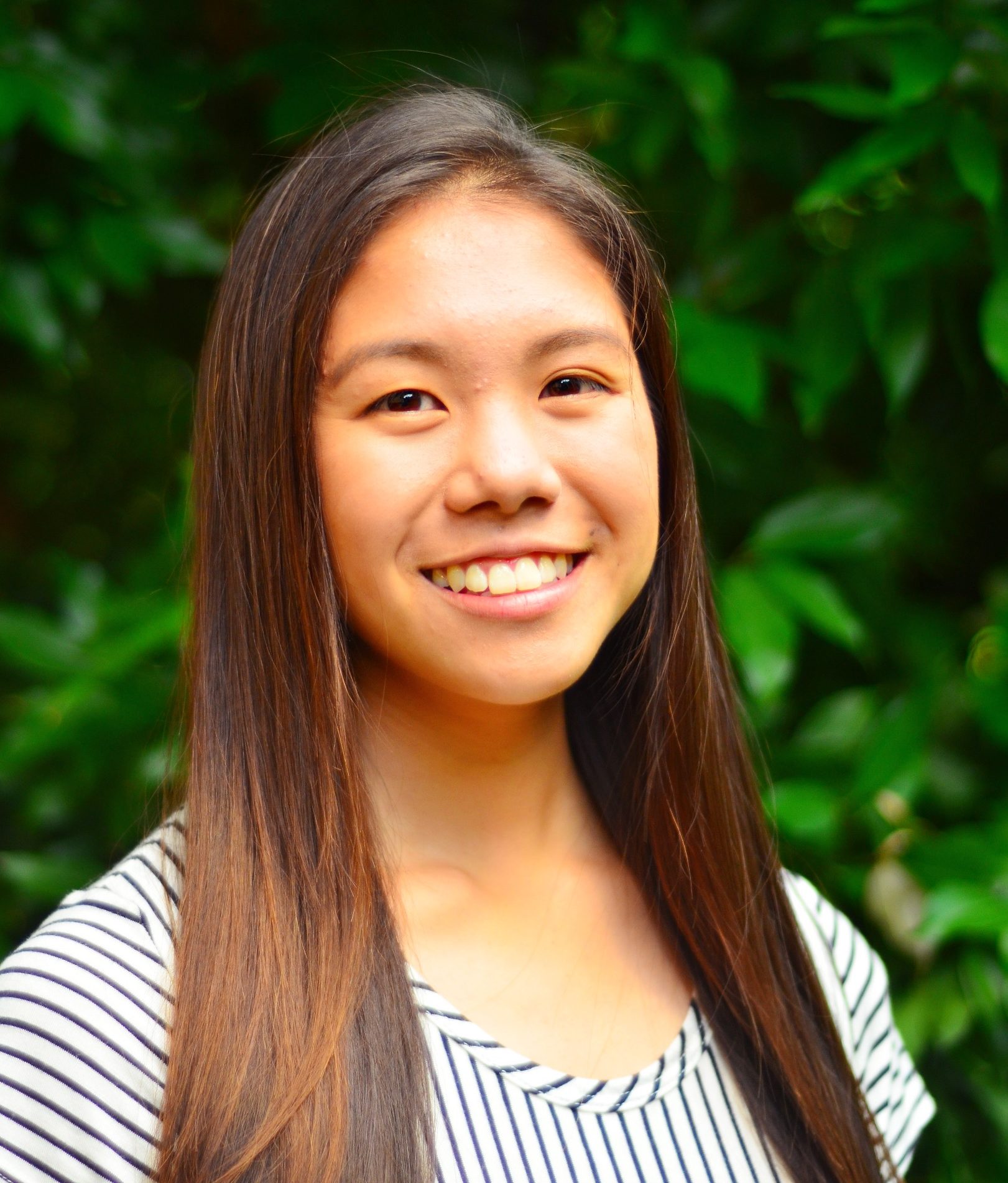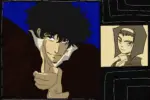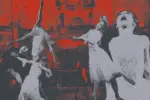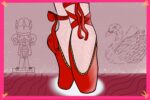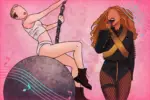I’m obsessed with contemporary dance — but surprisingly, it’s not because I’ve watched an episode of “World of Dance.” Nope, I haven’t even seen “Dance Moms.” It’s Justin Bieber I have to credit with kindling my interest.
It all started when I was nosing around YouTube’s Recommended sidebar, as one does. Eventually, I found myself opening the music video for Bieber’s 2015 hit “Love Yourself” — and my jaw unhinged.
I wasn’t watching Bieber croon into the camera as he busted out his own dance moves or serenaded girls (like he once did for many videos). No, I found my eyes riveted on two figures I’d never seen before, waking up and getting ready for the day. But what appeared to be a casual morning routine was set to a rhythm: The result was a fluid, subtle dance that embellished each pluck of the bass with movement.
The most surprising part? Bieber didn’t appear in the video even once. Turns out the dancers, who I later discovered to be international icons Keone and Mari Madrid, weren’t hired as Bieber’s backups: They were the stars of the video.
It was so refreshing.
The simple decision to give the two dancers the spotlight in his own video obliterated my conceptions of what a music video could be. Gone were the days of sitting through a dozen different angles of singers’ earnest (and sometimes awkward) belting. By removing his image from the narrative entirely, Bieber chose a different method of storytelling: one that leaned more toward intimate indie romance than celeb-centric reality TV. He also highlighted the world of dance as an art form in its own right — once you dip your feet in, you never see movement the same.
That was five years ago. Bieber certainly wasn’t the first to center professional dancers in his music video, but we’ve started to see more and more musicians collaborate with contemporary dance since then.
Changing the Focus to Dance
The original formula for a music video was either to have the singer serenade the camera or to stage some sort of live action storyline that went along with the music. Dance has always found its way in, though, from a few spontaneous moves from the singer to bringing in a professional dancer or 12.
For a long time, it seemed the music industry quietly benefitted from the influence of the dance community, hiring its choreographers to teach their singers some moves or occasionally hiring some professional background dancers. But in recent years, certain adventurous artists, like Bieber, have started to shift the main focus to the dancers.
First, it was sharing the spotlight — alternating between footage of the singers and the professional dancers. Taylor Swift’s “Shake It Off” comes to mind, featuring a variety of different dance styles. But then a few brave artists passed off the spotlight for the whole video (at least in terms of what viewers could see). Hozier’s “Take Me To Church” and Sia’s “Chandelier” were set to mesmerizing ballet solos. Ed Sheeran’s “Don’t,” Jungle’s “Casio” and pretty much all of Bieber’s “Purpose: The Movement” and more recent “Changes: The Movement” music video collections feature hip-hop dancers in their element.
In particular, Bieber’s decision to give dancers a platform on so many of his music videos has done wonders by bringing exposure to the dance community. Other creators are following suit; let’s hope it becomes more mainstream to use music to give dancers the limelight.
Embracing Anime in Music Videos
Dance isn’t the only medium that’s been taking over the music video genre: Musicians are also branching out into the realm of anime, too, creating a whole new listening experience for viewers. Even for people like myself who don’t watch anime, its popularity is hard to miss when artists like Billie Eilish, Alina Baraz and Juice WRLD are choosing its unmistakable animation style to accompany their music.
Although I only took note of anime’s prevalence in music videos this summer, its history with popular music actually dates back much further.
Anime’s influence on music videos started as early as 1991 when American rock singer Matthew Sweet’s music video for “Girlfriend” meshed his own footage with shots from the sci-fi anime film “Space Adventure Cobra.” Although brief, Michael Jackson’s 1995 song “Scream” also featured a few glimpses of different anime series.
Soon afterward, anime’s screen time went from brief clips to full-blown videos in Daft Punk’s “One More Time,” Britney Spears’ “Break the Ice” and Linkin Park’s “Breaking the Habit.” In Daft Punk’s case, the band’s childhood love for anime inspired them to team up with famed artist Leiji Matsumoto to create custom animations for their song — little did they know that they were pioneering a trend for decades of future music videos.
For more iconic anime-inspired music videos, see the lists by MTV and Australia’s Special Broadcasting Service.
Long before the big labels started to pick up on anime’s music-portraying potential, a passionate community of dedicated anime fans had made an art out of syncing anime shots to their favorite popular songs. Soon, the AMVs, or anime music videos, grew to become so popular that conventions were held to select the very best ones.
In his video essay on AMVs, YouTuber Gigguk explains that for fans that live and breathe anime, visualizing certain scenes came naturally when songs triggered the emotions that their favorite anime series captured. For instance, the “anger and angst” in Linkin Park’s songs, along with the music’s beat and tempo, “made it a natural fit for every bloody anime fight scene in existence.”
The community may have pioneered, or at least elevated to an art form, the connection between anime’s 2D characters and scenes and the rich layers of sound in our most beloved songs. Once the first pairing was created, the space between music and the art genre opened up to reveal all the different possibilities for creative expression that exist in the overlap. The two disciplines, married, forge a unique experience that allows both sound and visuals to resonate in groundbreaking productions.
And the crossover is both fluid and intuitive. Illustrated videos enable the producers to take the video in whatever direction they want. Without the restraints of expensive costumes and staging, faraway physical locations or laborious visual effects layered over film, the creative freedom is limitless. Anime music videos can boast seamless aesthetics and supernatural elements straight out of a fantasy universe.
Besides its trademark aesthetic, anime’s presence in videos can also pull in the tropes that the genre is known for.
Sometimes, the signature macabre fight scenes with supernatural or super-ripped villains can serve to depict the angsty, proud, don’t-mess-with-me vibe. Videos like Eilish’s 2018 hit “you should see me in a crown” or Juice WRLD’s recent “Righteous” seem like typical fare at first, featuring the typical shots of the singers intoning as they gaze into the camera. But as the music’s building tension climaxes, the imagery turns violent: Juice WRLD fights demon-monster figures, while Eilish transforms into a spider and terrorizes a digitized town.
At other times, anime can lend cutesy, enchanting or nostalgic emotions to a song. Examples include Pharrell Williams’ kawaii-inspired “It Girl,” Eilish’s ethereal “My Future” or Baraz’s wistful “To Me.” Whether perking up a song with highly saturated hues and upbeat animations or slowing it down with a combination of soft colors, nature and breezy scenes, the diverse crossovers demonstrate that anime can be made to fit any kind of emotion.
Whether through emotive dance or nostalgic anime, these unique music video formats bring out the emotions latent within the music while exposing viewers to just a bit of the vibrant culture and community that revolve around each artistic genre. Thanks to the experimentalists and visionaries who thought to mix the genres together, we can now experience music at a whole new level. The intersections of music, dance and anime can make for enriching interpretations that stick with viewers for years to come.


